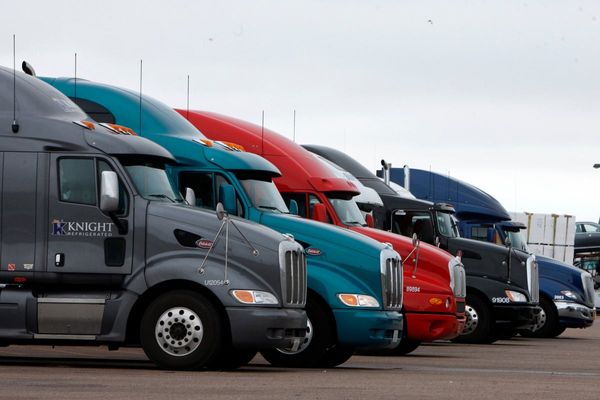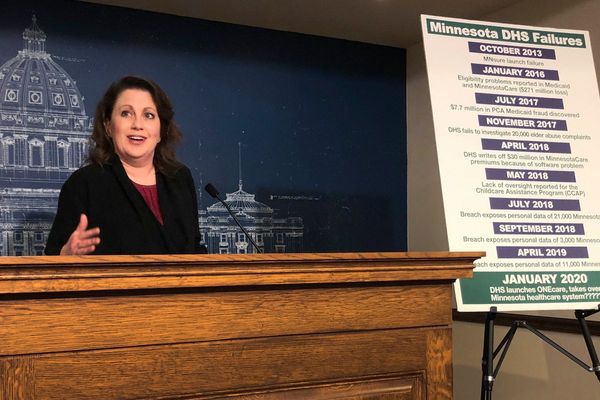
In the U.S., people cannot legally work for less than the federal minimum wage. However, at a low rate of $7.25 per hour, many believe it’s impossible to make enough to survive and have called on Congress to raise it.
While some businesses may be against raising the federal minimum wage because it would increase their costs, it would likely benefit the U.S. as a whole. When employees have more money in their pockets, they’ll spend more and fuel the economy. Workers would be more likely to remain in their roles, which would reduce employee turnover rates and absenteeism while boosting productivity. These benefits have led to a recent push to increase the minimum wage across the country.
Find Out: The Living Wage a Family of 4 Needs in All 50 States
Read Next: 5 Types of Cars Retirees Should Stay Away From Buying
Recent Attempts To Raise Minimum Wage
The federal minimum wage of $7.25 has been in place since 2009. Between 2009 and 2025, inflation has averaged about 2.56% per year, leading to a total price increase of around 49.84%. Taking inflation into account, the minimum wage value of 2009 would equal $11.08 today. Other cost-of-living and price increases across areas such as the housing market have led more people to recognize that $7.25 per hour is no longer a livable wage.
This year, two bills from Congress have attempted to raise the minimum wage. Democrats from both the House and Senate proposed a bill in April called Raise the Wage Act of 2025. Led by House Representative Bobby Scott and Senator Bernie Sanders, this bill would increase the federal minimum wage to $17 per hour by the year 2030.
In June, Republican Senator Josh Hawley and Democratic Senator Peter Welch reached across the political aisle to create the Higher Wages for American Workers Act. While most Republicans oppose a minimum wage hike, Hawley’s interest suggests there may be some hope. If passed, this bill would raise the federal minimum wage to $15 per hour in January 2026. It would also allow for increases to keep up with inflation.
While the bills have differences, they show the increased push to raise the minimum wage from both parties and chambers of Congress. However, it may be difficult for Congress to reach an agreement because both chambers are currently Republican controlled.
Discover More: Here’s the Line Between Middle Class and Upper-Middle Class in Every State
Current Highest and Lowest Minimum Wages
While the federal minimum wage sets a floor on what an employer can pay an employee hourly, each state has its own minimum wage, which can vary by city and region. Cities and states with higher costs of living tend to have higher minimum wages. The highest are:
- Washington, D.C.: $17.50
- Washington: $16.66
- California: $16.50
- Connecticut: $16.35
- New York: $15.50 or $16.50, depending on the area
- Massachusetts: $15.00
- Maryland: $15.00
Many states have a minimum wage that reflects the federal one:
- Idaho
- Indiana
- Iowa
- Kansas
- Kentucky
- New Hampshire
- North Carolina
- North Dakota
- Pennsylvania
- Texas
- Utah
- Wisconsin
Alabama, Louisiana, Mississippi, South Carolina and Tennessee don’t have minimum wage laws. Three other states have minimum wages below the federal standard:
- Georgia: $5.15
- Oklahoma: $2.00
- Wyoming: $5.15
Because of the federal minimum wage, employers in these eight states must pay employees at least $7.25 per hour. Having a federal minimum wage prevents the exploitation of workers and guarantees a basic standard of living regardless of the state. A lack of a federal minimum wage could result in states competing for more businesses by allowing employers to pay the lowest wages in the country.
More From GOBankingRates
- 3 Luxury SUVs That Will Have Massive Price Drops in Summer 2025
- I Paid Off $40,000 in 7 Months Doing These 5 Things
- 4 Affordable Car Brands You Won't Regret Buying in 2025
- 6 Hybrid Vehicles To Stay Away From in Retirement
This article originally appeared on GOBankingRates.com: Will Raising Federal Minimum Wage to $15 Ever Happen?







